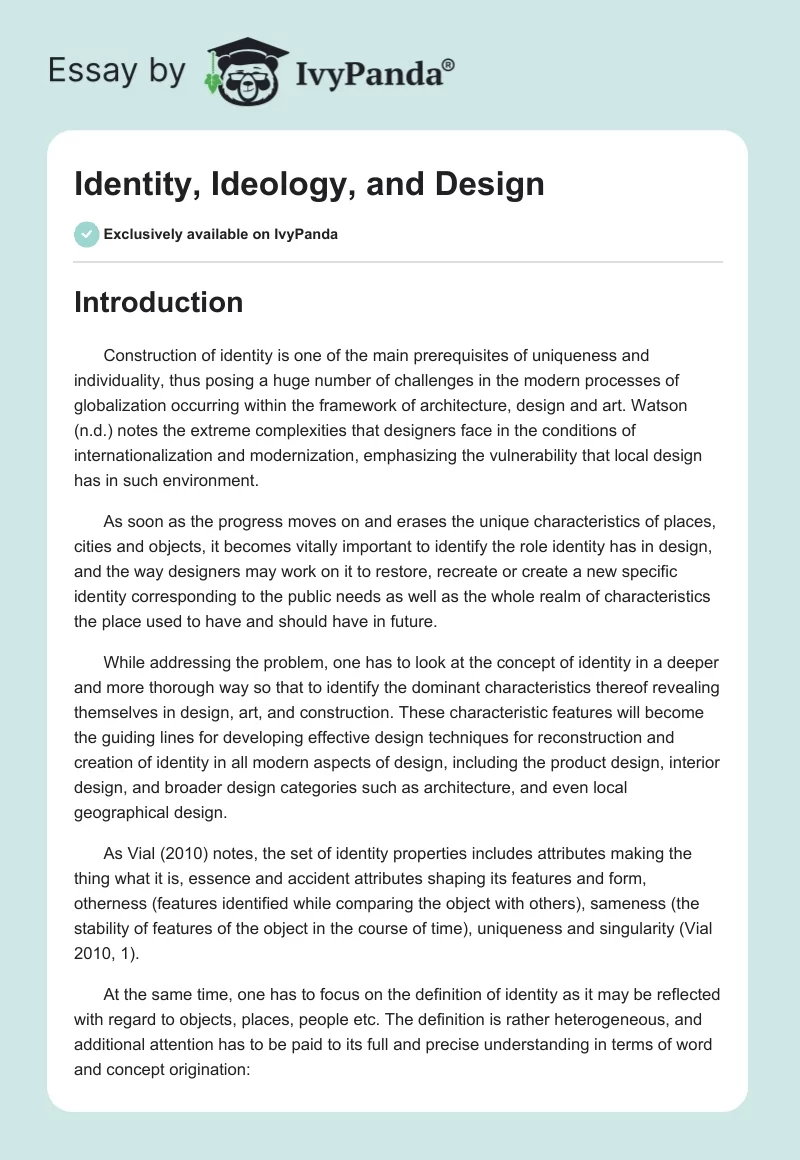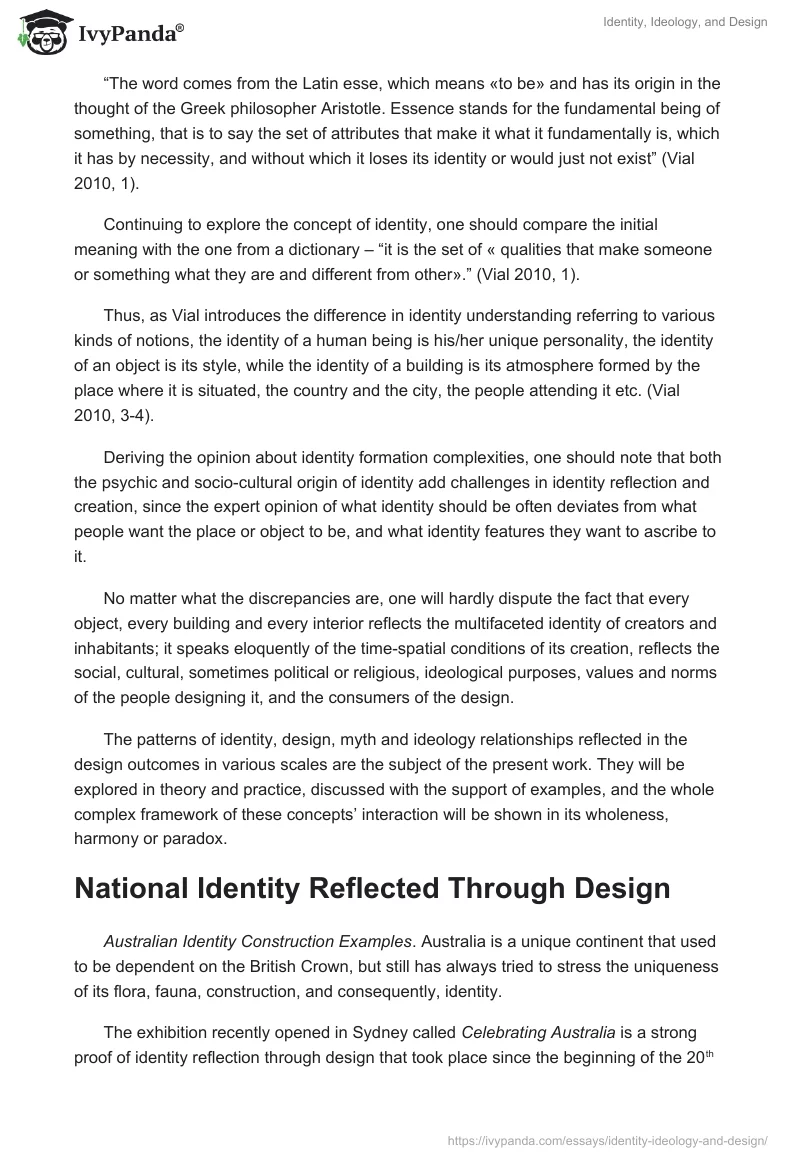Introduction
Construction of identity is one of the main prerequisites of uniqueness and individuality, thus posing a huge number of challenges in the modern processes of globalization occurring within the framework of architecture, design and art. Watson (n.d.) notes the extreme complexities that designers face in the conditions of internationalization and modernization, emphasizing the vulnerability that local design has in such environment.
As soon as the progress moves on and erases the unique characteristics of places, cities and objects, it becomes vitally important to identify the role identity has in design, and the way designers may work on it to restore, recreate or create a new specific identity corresponding to the public needs as well as the whole realm of characteristics the place used to have and should have in future.
While addressing the problem, one has to look at the concept of identity in a deeper and more thorough way so that to identify the dominant characteristics thereof revealing themselves in design, art, and construction. These characteristic features will become the guiding lines for developing effective design techniques for reconstruction and creation of identity in all modern aspects of design, including the product design, interior design, and broader design categories such as architecture, and even local geographical design.
As Vial (2010) notes, the set of identity properties includes attributes making the thing what it is, essence and accident attributes shaping its features and form, otherness (features identified while comparing the object with others), sameness (the stability of features of the object in the course of time), uniqueness and singularity (Vial 2010, 1).
At the same time, one has to focus on the definition of identity as it may be reflected with regard to objects, places, people etc. The definition is rather heterogeneous, and additional attention has to be paid to its full and precise understanding in terms of word and concept origination:
“The word comes from the Latin esse, which means «to be» and has its origin in the thought of the Greek philosopher Aristotle. Essence stands for the fundamental being of something, that is to say the set of attributes that make it what it fundamentally is, which it has by necessity, and without which it loses its identity or would just not exist” (Vial 2010, 1).
Continuing to explore the concept of identity, one should compare the initial meaning with the one from a dictionary – “it is the set of « qualities that make someone or something what they are and different from other».” (Vial 2010, 1).
Thus, as Vial introduces the difference in identity understanding referring to various kinds of notions, the identity of a human being is his/her unique personality, the identity of an object is its style, while the identity of a building is its atmosphere formed by the place where it is situated, the country and the city, the people attending it etc. (Vial 2010, 3-4).
Deriving the opinion about identity formation complexities, one should note that both the psychic and socio-cultural origin of identity add challenges in identity reflection and creation, since the expert opinion of what identity should be often deviates from what people want the place or object to be, and what identity features they want to ascribe to it.
No matter what the discrepancies are, one will hardly dispute the fact that every object, every building and every interior reflects the multifaceted identity of creators and inhabitants; it speaks eloquently of the time-spatial conditions of its creation, reflects the social, cultural, sometimes political or religious, ideological purposes, values and norms of the people designing it, and the consumers of the design.
The patterns of identity, design, myth and ideology relationships reflected in the design outcomes in various scales are the subject of the present work. They will be explored in theory and practice, discussed with the support of examples, and the whole complex framework of these concepts’ interaction will be shown in its wholeness, harmony or paradox.
National Identity Reflected Through Design
Australian Identity Construction Examples
Australia is a unique continent that used to be dependent on the British Crown, but still has always tried to stress the uniqueness of its flora, fauna, construction, and consequently, identity.
The exhibition recently opened in Sydney called Celebrating Australia is a strong proof of identity reflection through design that took place since the beginning of the 20th century and is continued at the present moment of time. The creators of the exhibition personally outline the major identity symbols commonly used in designs for various purposes:
“Symbols that have come to hold special significance – Uluru (Ayers Rock), the Great Barrier Reef, the shape of the Australian continent, the Southern Cross, Sydney Harbour Bridge, Sydney Opera House, the kangaroo, surf culture and Indigenous imagery – are powerfully represented in many of the works” (Celebrating Australia: identity by design 2010).
The organizers give an account of the 20th century’s Australian design and show how the advertisement of Australian uniqueness was depicted by both Indigenous designers and immigrants who rarely consolidated their vision with the one of actual native-born Australians.
As a result, a weird mixture of styles and designs emerged, with the heavy emphasis on Australian highlights. Nevertheless, there is no doubt that the most popular and common symbol is still a kangaroo, which can be seen from two advertisements of the 20th century:

The fact that kangaroo is a distinguishing feature of Australian identity, so it appears in various design forms, is supported by the recent beer bottle design debate initiated by Jacob Cass in the open source in 2008.
The designer had two variants of the Gruen Beer bottle design, so the process of design was described as follows: being an Australian, the first thing he thought about was to include kangaroos on the bottle. However, Cass wanted something more modern, and upon the trip to Uluru he designed a more elegant bottle of the brown color illustrating the color of the mountain that was also a local highlight.
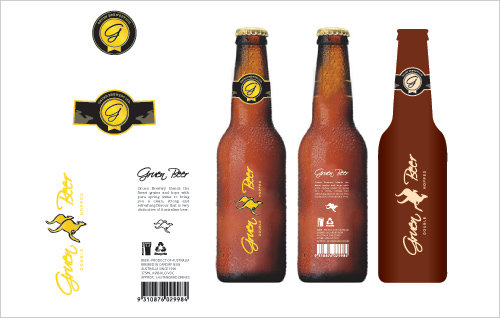

British Identity Elements in Design
The overwhelming influence of the historical course of events could not help being reflected in the British design issues. Traditionally favoring ascetic forms of interior because of the tough weather conditions, the British Empire changed its tastes with the development of international expansion and trade.
Being a powerful colonizer, the country started to thrive and revealed the richness and grandeur through interior designs as well (Interior Design in England, 1600–1800, n.d.). These tendencies for luxury were reflected in the interior design heavily influenced by the Italian Renaissance (Figure 4) and French traditions (Figure 5).
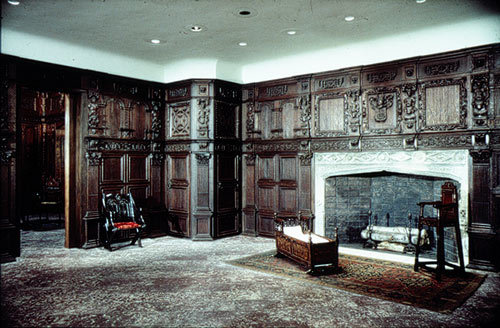
In the second quarter of the 18th century, with the intense influx of imported goods, British designers started to incorporate foreign elements of style in all elements of décor and interior – from furniture to table forks (Art and Identity in the British North American Colonies, 1700–1776 n.d.). The agile interest to British-style cabinets was evident in the USA, the newly established colonies where the immigrants tried to compensate their nostalgia, causing many British cabinetmakers to immigrate to the USA where the demand for their products was extremely high (Art and Identity in the British North American Colonies, 1700–1776 n.d.).

The Japanese Identity through Design
Since the underlying philosophy of the Japanese nation is harmony with nature and the whole world, the wooden elements in design and interior are mainly prevailing in all rooms and elements of décor. The living example of the revelation of Japanese identity in design is the image of the Japanese kitchen (Figure 6).
It mainly consists of wooden elements, both in furniture and kitchen appliances, and it reflects the Japanese concept of ‘living in the kitchen’ that involves cooking, eating and relaxing in it.
In addition, Japanese cooking involves a great set of techniques such as boiling, broiling, steaming, grilling, and frying, so disregarding the dominant style (traditional or modern) the kitchen design centers on those necessities. Though wooden elements are still popular with Japanese designers, a more contemporary, westernized design is sometimes preferable (Figure 7).
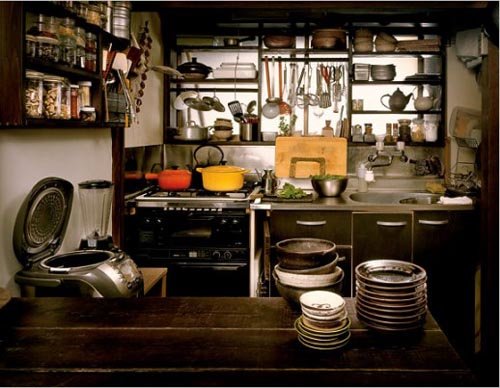
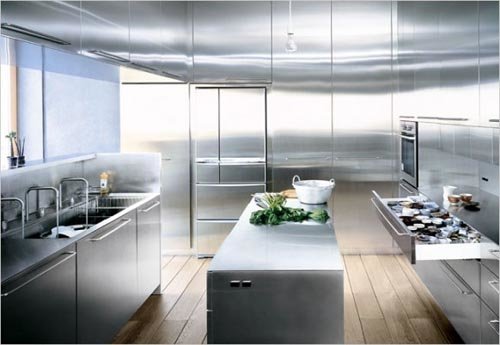
The Role of Myth and Ideology in Design
Design is not only capable of reflecting the identity of creators and subjects of their creation; it can also be used to manipulate the ideological principles in a certain social, political, cultural and even religious context to achieve some specific persuasion goals.
This way the concept of mosque design in Islamic countries, especially Malaysia, was researched by Ismail (2008); the researcher observed the details of mosque interior and design as a way to impose the ideology of national identity and religious faith, Islam, by means of utilizing the strongest element of Islam – the embodiment of faith, governmental power and subduing – mosques.
By means of several examples (figure 8 and 9) Ismail (2008) shows how mosque design elements were used to reinforce the power of Islam and its agents in the country, i.e. governors.
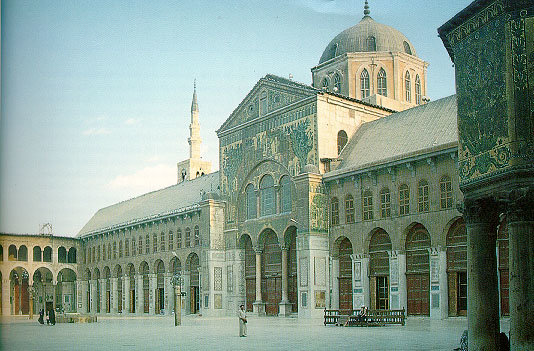
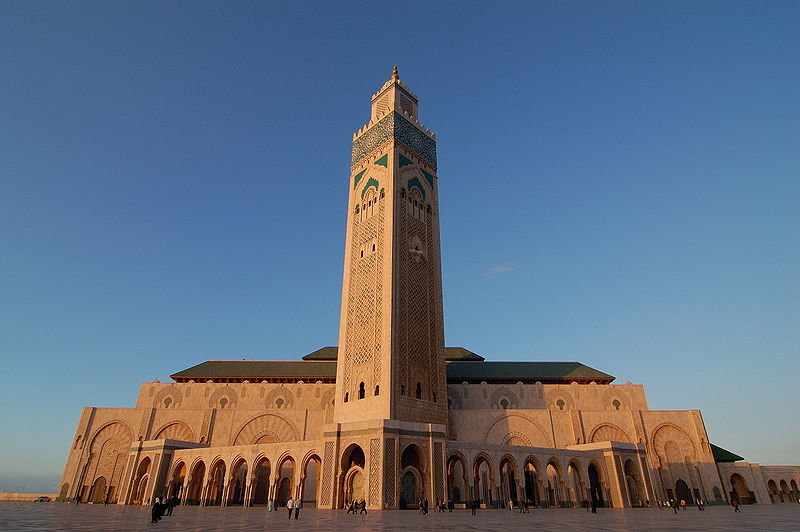
Another issue in attributing the ideological power to design may be seen in the debate over the ideological implications of the nature garden concept in the 20th century’s Germany. There is much research being held currently, initiated in 1990s due to the gradual movement to real democracy in post-war Germany. One of the authors, Groening (1997) argues that he concept of nature gardens was utilized by the German landscape designers with disregard of the history, art, and civilization of the nature garden development.
From the account Groening (1997) gives to the pre-Nazi history of natural garden design, one can see that the history of landscape design was simply ignored by the 20th century designers, and the tribute for developing the concept was falsely given to Urs Schwartz. By images of nature gardens drawn or photographed long before the emergence of the natural garden trend in Germany, Groening (1997) shows how rich the history of design was before the 20th century, and how dramatically disregarded it was (Figures 10 and 11).
The opinion about the nature garden concept used as a systematic scheme of ideas held by a social, political or cultural group and being manipulated for ideological purposes is widely supported in the modern literature (Wolschke-Bulmahn n.d.).
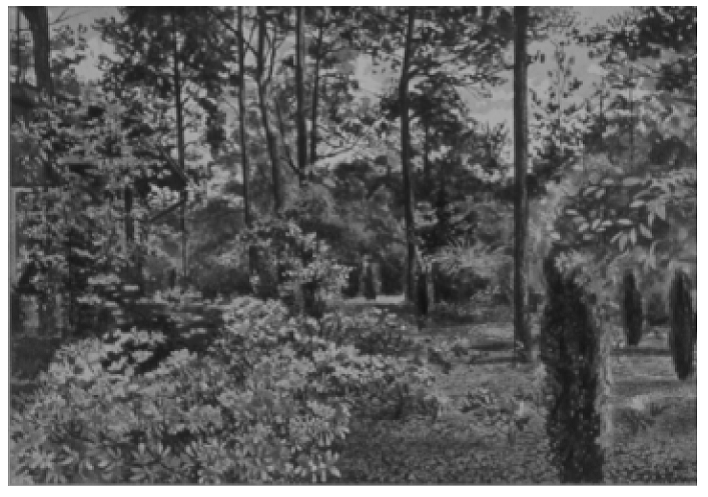
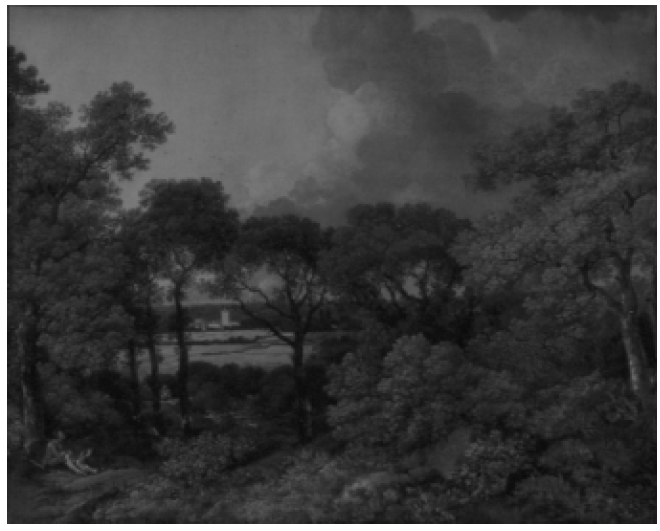
Myths are also a rich area for inspiration for design. Since ancient times, people took ideas for elements of design from their mythological beliefs, stories and idols to pay tribute to the celestial bodies, gods and unexplainable events. The folklore of every nation representing the core of its identity has always found its reflection in design, especially of domestic subjects of usage. The evidence for this fact may be found in the study of Ancient Inner Asia Textiles by Tom Cole (n.d.).
He outlines such recurrent themes in textiles as fertility symbols, life and afterlife symbols, swastika as a very popular mythological symbol, bird imagery as awe to harbingers of good luck etc. Some of the examples of these themes’ embodiment in design may be seen on Figures 12-14.
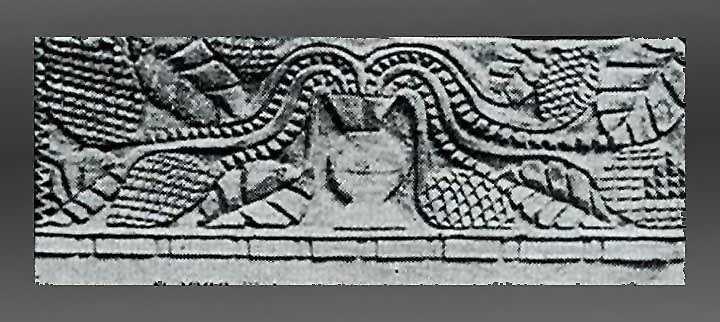
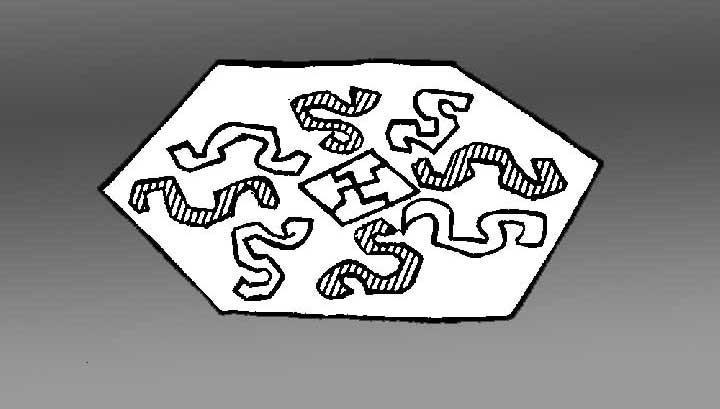
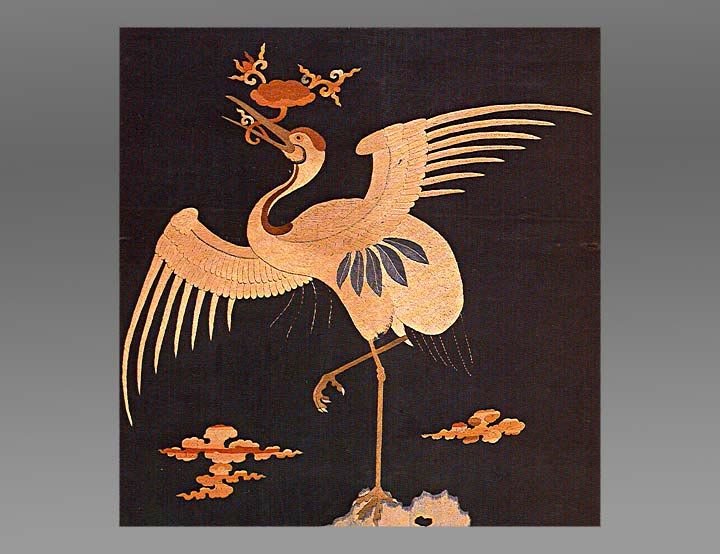
Product Identity Construction through Design
The creation of product or corporate identity has come to the forefront of the design business nowadays. It has become clear for businessmen as well as consumers that the product has to represent a unique identity according to which consumers will distinguish among them, as well as the product may give the identity to the customer choosing this or that particular product and design. The proper illustration of the role corporate identity may play in promoting a company is shown on Figures 15 and 16.
The first figure is the example of creating the corporate identity for a sports and leisure company “Damian Taylor”. The logo designers created a stylish and elegant signature-like typeface that clearly identifies the high class of services, the uniqueness of the company and its belonging to the high profile industry. In addition, the muted colors in which the whole logo is made adds style and exclusiveness to the identity.
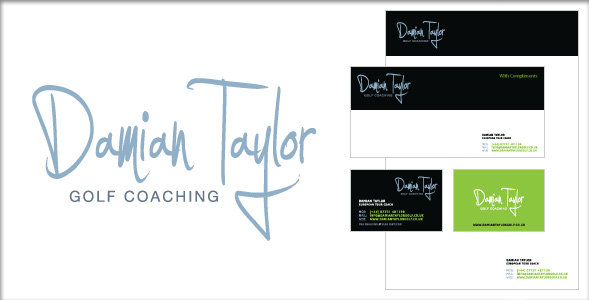
The second example is from a completely other field of business – it is a technical company “Network Centric Technology”, and it deals with complex technical components and systems. The company’s wish was to illustrate the highly technical roles it encompasses, so by means of modern typeface, swirling, and colorful illustration the identity was shown as contemporary and eye-catching, accomplishing the goal of its creators.
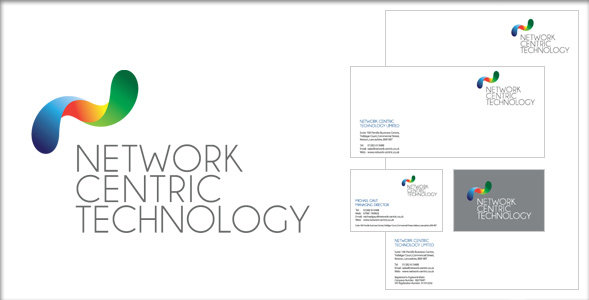
The same techniques on identity construction can be pursued with the product design, which may be seen on Figure 18, at the example of two premium beer bottle designs. The first one, Inedit Beer, impresses the consumer with its luxurious package, long, black and elegant bottle, so it is intended for sales in high-class restaurants as a supreme quality, deluxe product. The second bottle, Session Lager Beer, is a perfect example of the weaponized bottle design that catches the attention of true men loving weapons.

Conclusion
As it comes from the present paper, the power of design in constructing, recreating and creating identity is enormous. Since ancient times, identity has been reflected in all forms of human activity, design included.
The construction design forms are capable of revealing the ideological, political and cultural purposes of creators, while the natural design activities may serve as an implication of ideological pressure and ignorance imposed on the artistic thought development. Hence, it is obvious that the skillful designer should identify the key identity features present in the context of the work’s creation, and should implement personal, local and national identity in works of art.
National characteristics have been found out to have profound effect on design as well, so the geographic as well as cultural implications of design should be taken into account in order to preserve uniqueness and local identity in the conditions of globalization. Product and corporate identity are powerful tools for acquiring individuality through design nowadays, so they should also be researched deeply to work out a set of successful techniques of creating and communicating identity to the customers.
Works Cited
“Art and Identity in the British North American Colonies, 1700–1776” The Metropolitan Museum of Art. Web.
“Beautiful Beer: 10 Brilliant Beer Bottle Designs”. Web.
Cass, Jacob, “Creating A Corporate Identity For A Beer Label: Part 1” Just Creative Design, 2008. Web.
“Celebrating Australia: identity by design,” The PowerHouse Museum. Web.
Cole, Tom, “Myth and Design”. Web.
Groening, Gert, “Ideological Aspects of Nature Garden Concepts in Late Twentieth-Century Germany,” 1997. Web.
“Interior Design in England, 1600–1800”. Web.
Ismail, Alice Sabrina, “The Influence of Islamic Political Ideology on the Design of State Mosques in West Malaysia (1957-2003),” 2008. Web.
“Japanese Style Kitchen, from Traditional up to Modern”, Great Interior Design, 2009. Web.
“Portfolio – Brand Identity / Logo Design”. Web.
“The role of the designer in creating identity: Georgia Butina Watson interview”. Web.
Vial, Stephane, “Do we know who we are ? A brief reflection on identity,” Conference at the Art Academy of Latvia, Riga. Web.
Wolschke-Bulmahn, Joachim, “Nature and Ideology: Natural Garden Design in the Twentieth Century,” Dumbarton Oaks. Web.

